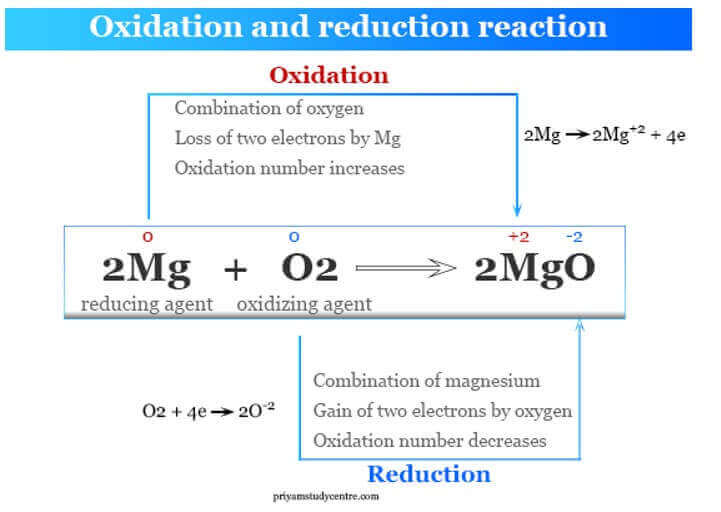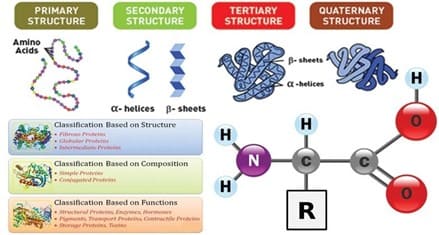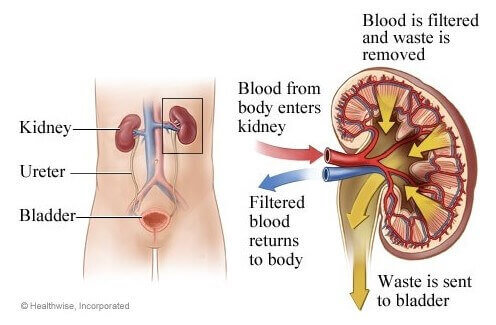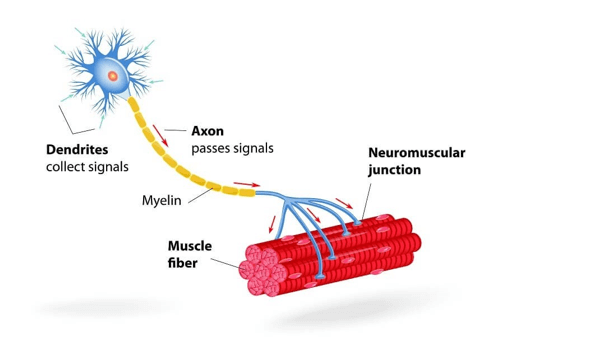Which of the following occurs in an oxidation reaction?
A. Removal of oxygen
B. Addition of carbon
C. Addition of neutrons
D. Removal of electrons
An oxidation reaction occurs when there is a removal of electrons ¹. Oxidation is the loss of electrons during a reaction by a molecule, atom or ion ¹. When oxidation occurs, the oxidation state of the chemical species increases ¹.
The other options are not correct because they do not accurately describe what occurs in an oxidation reaction. Removal of oxygen, addition of carbon, and addition of neutrons are not processes that occur in an oxidation reaction.

Therefore, the Correct Answer is D.





